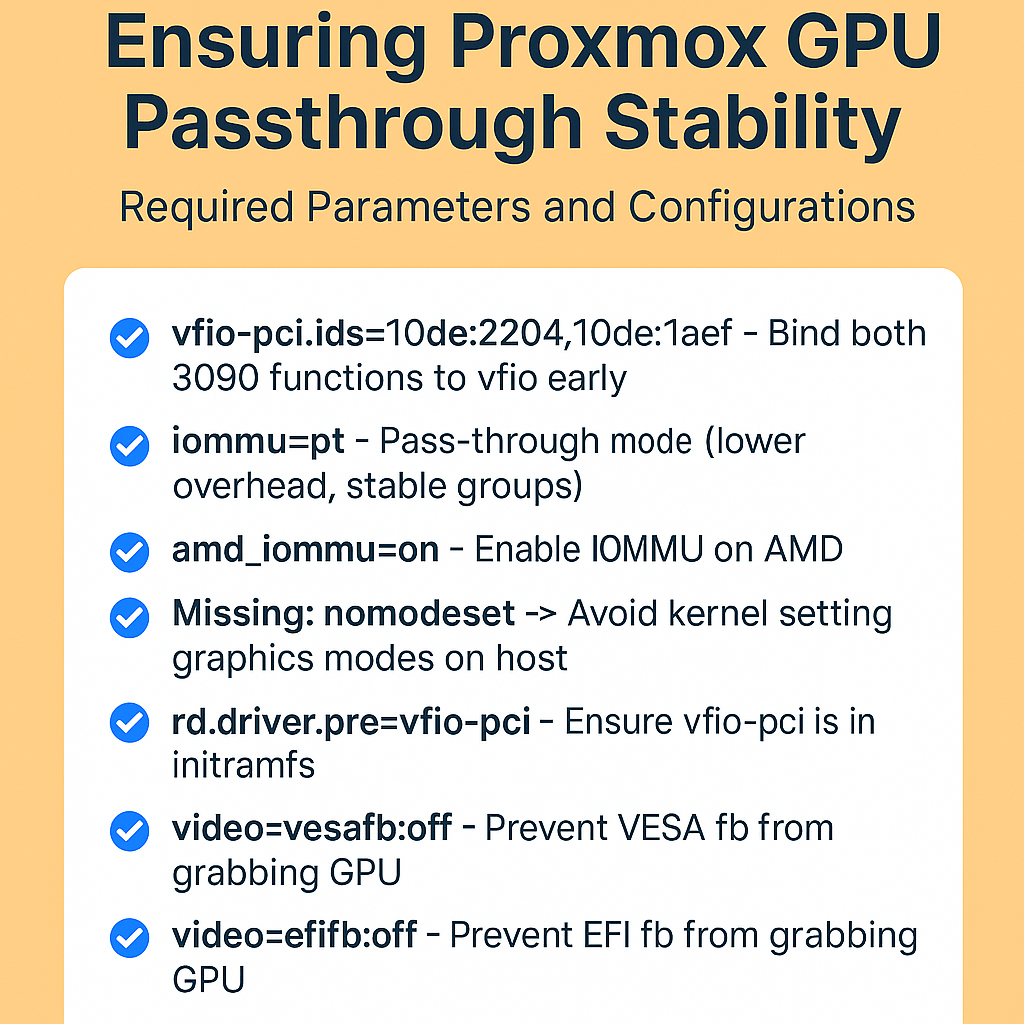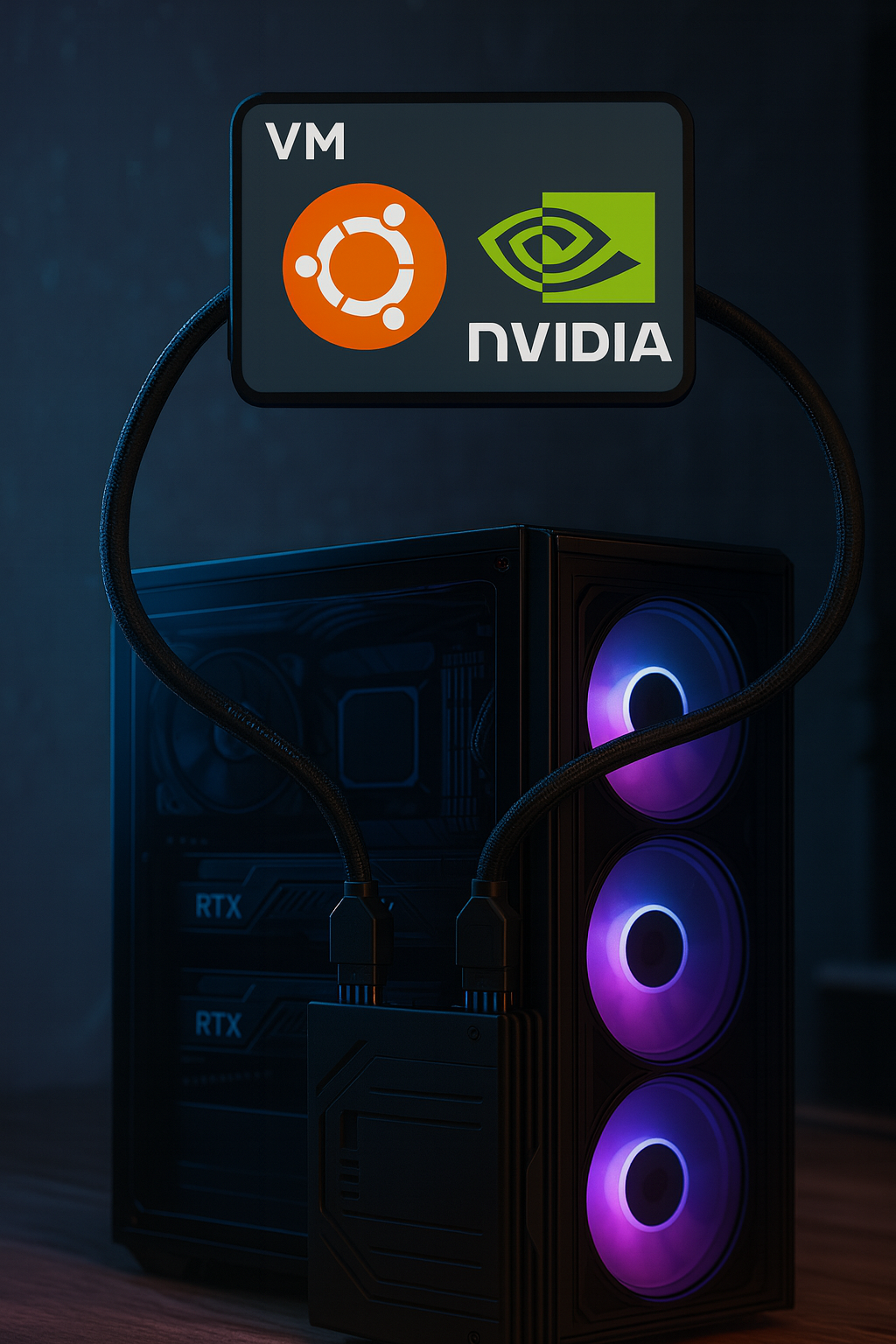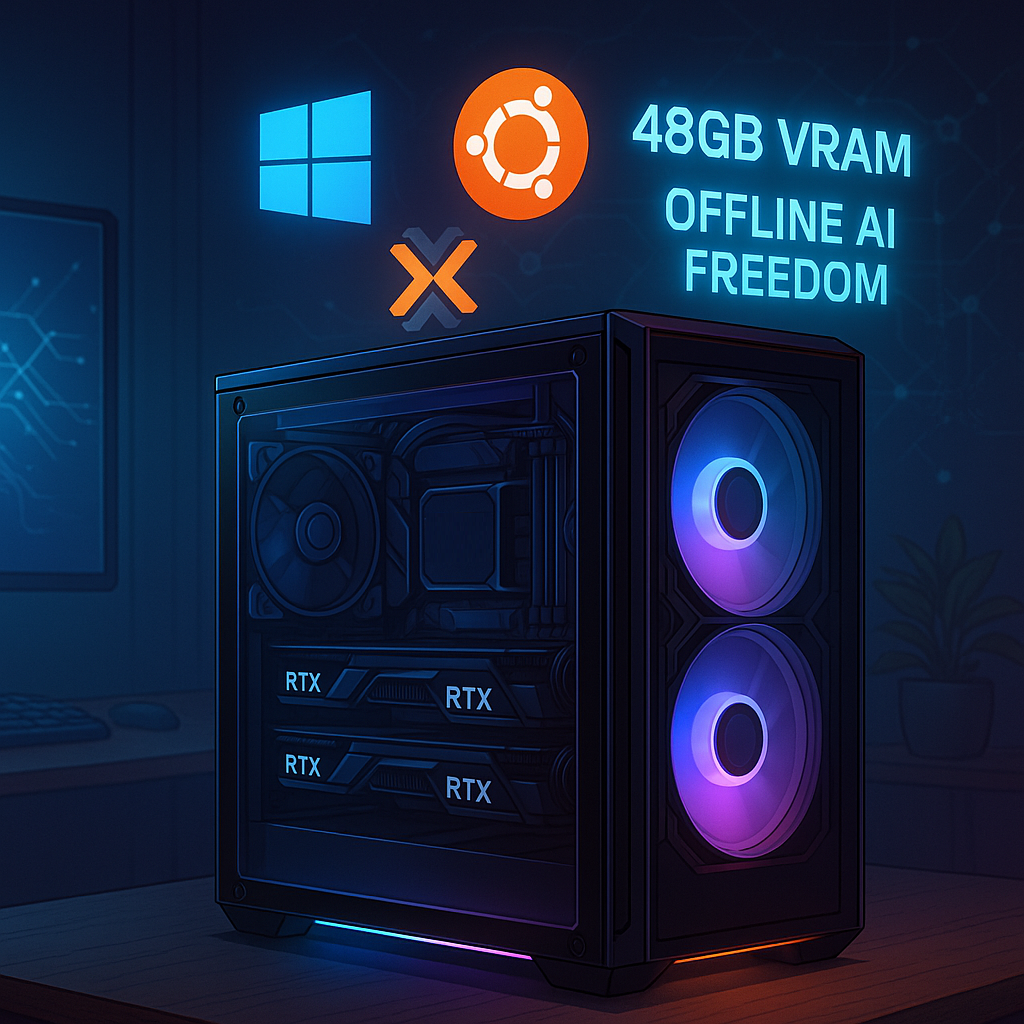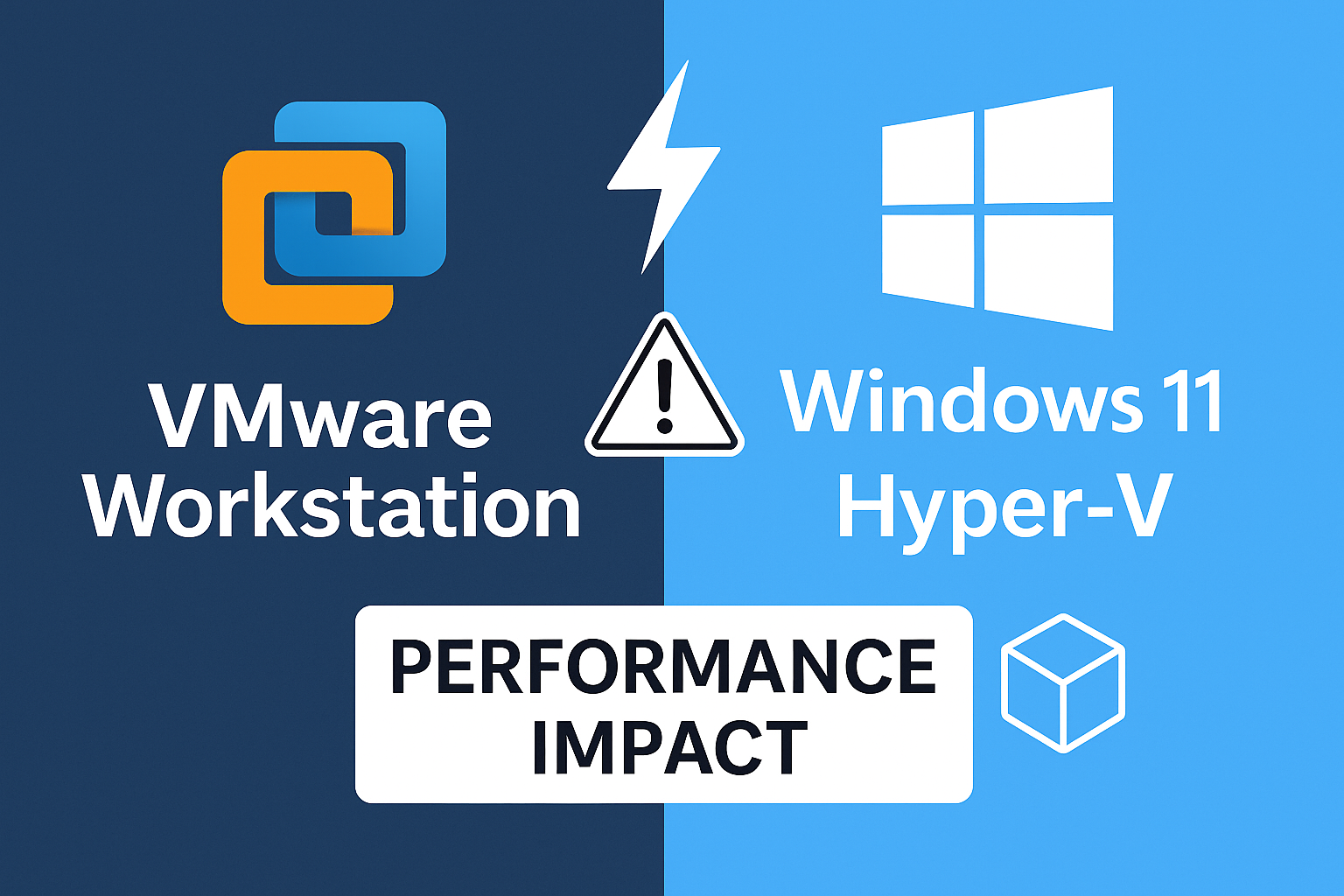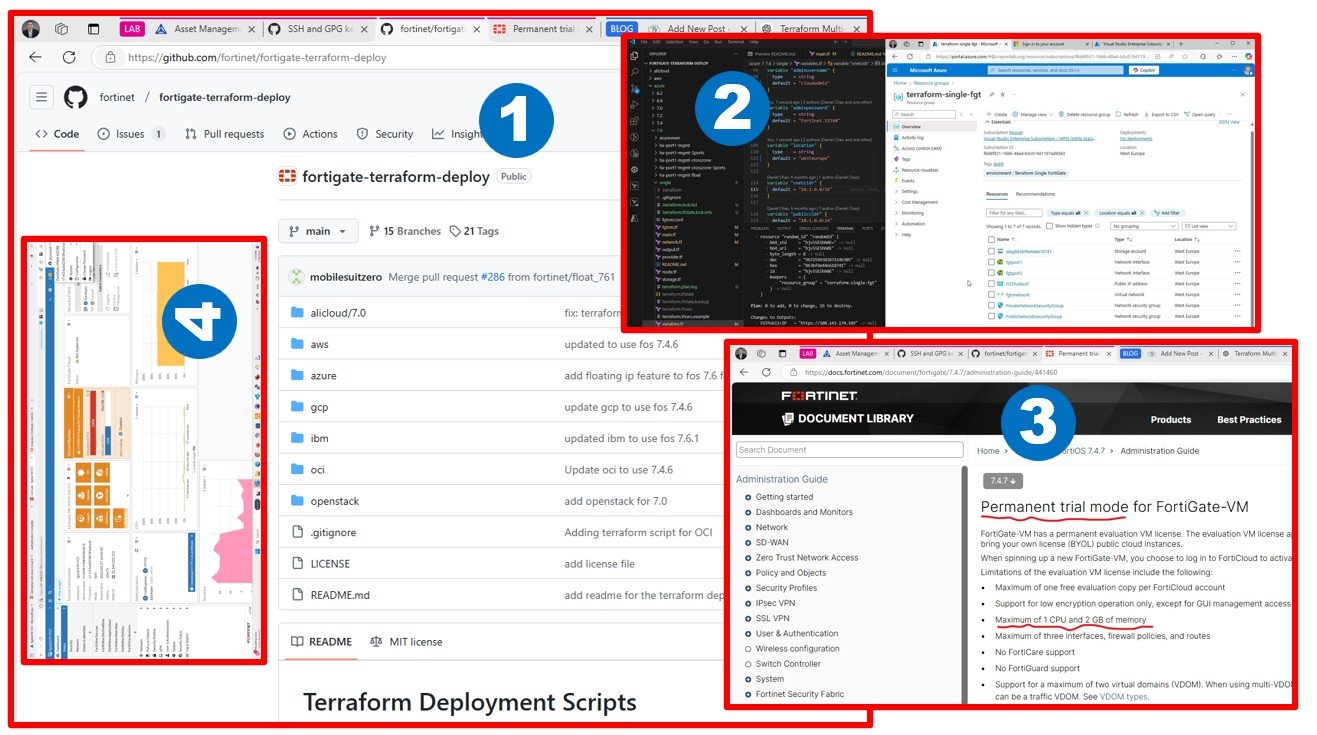This topic is close to my heart. As a former Oracle PL/SQL developer, I’ve often expressed my concerns about replacing the Oracle database engine in the cloud with alternatives like PostgreSQL. Back in November 2022, I was very excited to test Oracle Database Service for Azure and experience Oracle’s multi-cloud offerings firsthand. At that time, the focus was on running Oracle DB on OCI and leveraging the cloud interconnect with Azure in an automated way. Now, 2 years later, I’m eager to see what’s changed, especially as this topic has become even more relevant. Customers are increasingly asking for solutions to secure their Oracle databases in the cloud through cloud migration projects.
Oracle Database Service for Azure – Recap of My 2022 Blog Articles
Back in 2022, I had concerns about whether the database interconnect might introduce additional latency for mission-critical applications that require extremely low latency between the application and the database. However, my previous articles are now less relevant, as the landscape has shifted. Today, the Oracle database has moved even closer to the application, running directly on physical hardware in Azure, similar to Azure VMware Solutions, where vSphere/ESXi servers are placed directly in Microsoft Azure DataCenters.
For more information, check out my previous blog articles. It can be challenging to find the history of a service online, but understanding how a solution has evolved over time is crucial.
Here’s how my lab setup looked in 2022: I’ve trimmed the less relevant on-premises components from the diagram, but it still conveys the main idea. The database was hosted in OCI, the application ran in Azure, and cloud interconnect was utilized in a streamlined, automated manner with just a few clicks.
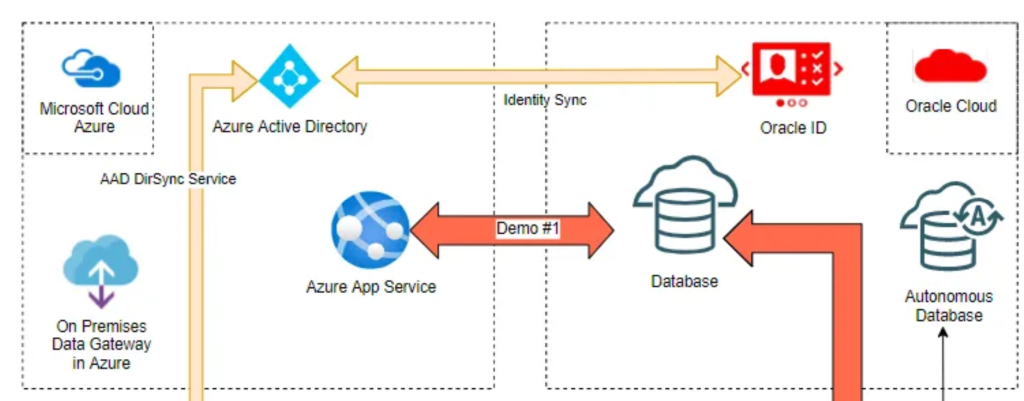
I also recall a surprisingly Azure-like web interface hosted by Oracle at the time. 🙂

Oracle Database@Azure
This is a summary of my recent research on public sources and my experience with the Oracle Sales Accelerator, recently introduced by Andor Imre who is responsible driving the technology cloud adoption of key Oracle partners, such as Crayon. The timing couldn’t be more perfect, don’t you think?
Oracle database services on OCI in Microsoft Azure provide a native Azure console and API integration. With OCI colocated in Azure, they offer microsecond latency and full Oracle database functionality alongside Azure services.
Why? Use cases for Oracle Database@Azure
As Simon Sinek emphasizes, the first question to ask is always “Why?” Let’s begin by exploring use cases. In 2022, I demonstrated connecting Power App as part of an analytics migration. This time, driven by my interest in DevOps, I’ll focus on Azure cloud-native integration of Oracle Databases within the Modernize and Innovate scenario.
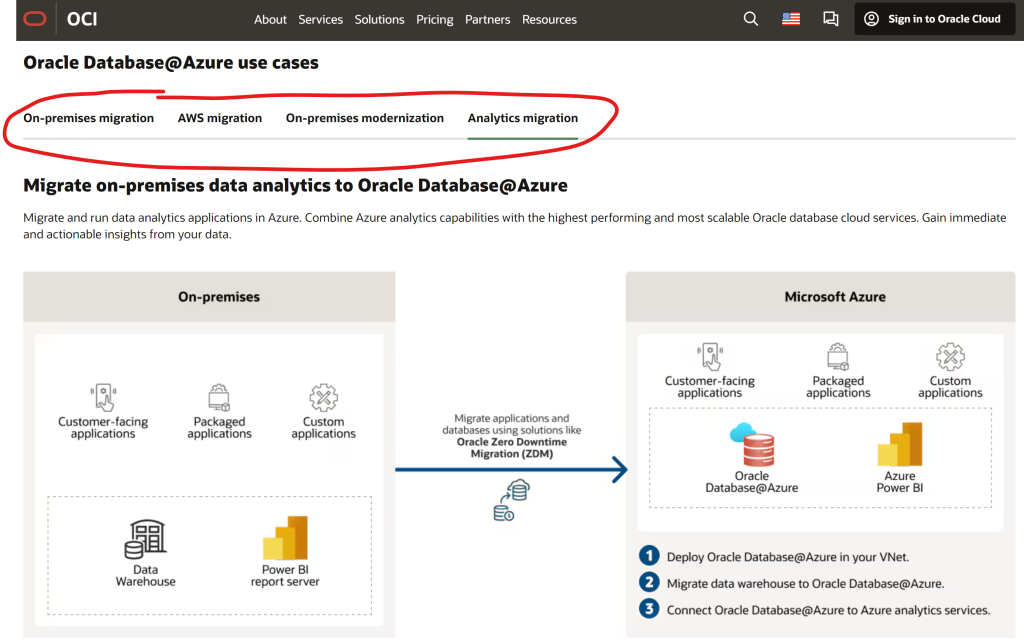
Source: Database@Azure | Oracle

The architecture of Oracle Database@Azure is structured as follows:

This article will later detail the two main services provided as part of Oracle Database@Azure.
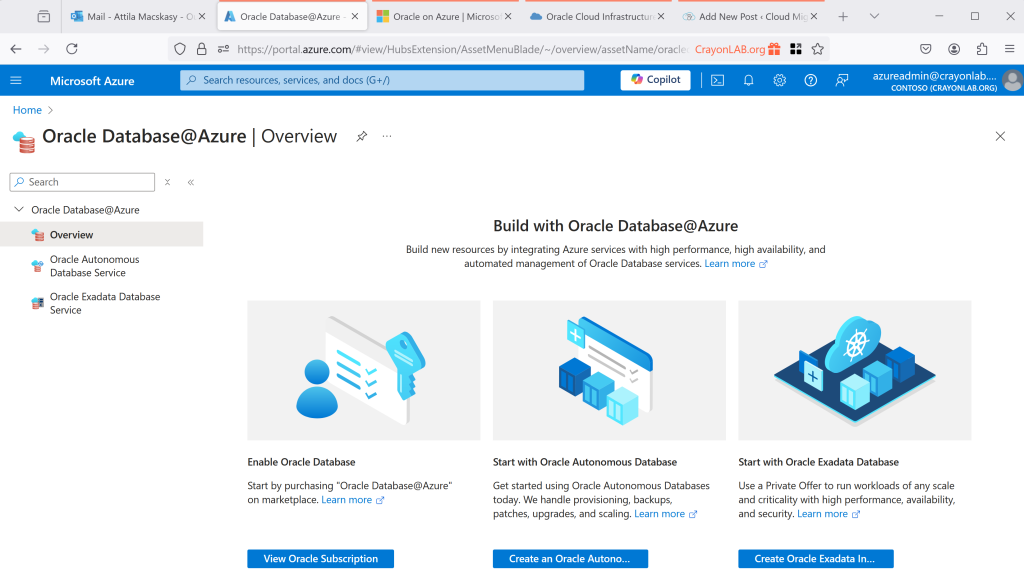
Enable Oracle Databases
I’m currently exploring the first step.
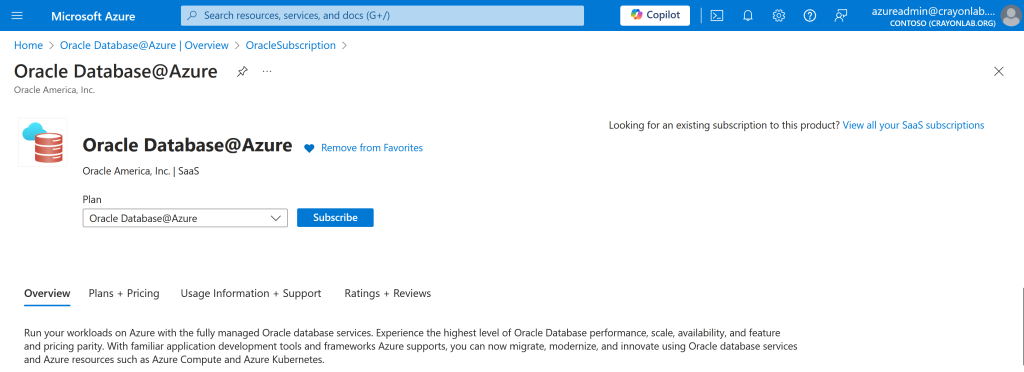
Hopefully, nothing will stop me from testing this. I’ve set aside some family budget—I have a habit of investing in myself, though my wife sometimes disagrees. With any luck, and with help from my Oracle and Microsoft friends, I can avoid a conversation with my wife about what happened to our savings 🙂

Oracle Autonomous Database Service
Oracle Autonomous Database, built on Oracle Exadata infrastructure, is a fully managed service that automates tasks such as provisioning, patching, upgrades, and hardware refreshes, ensuring enterprise-class business continuity. It offers elastic resources with pay-as-you-go billing and includes built-in tools for low-code development, ELT, AI/ML, and advanced analytics. This service reduces administrative overhead by automating database management, scaling, tuning, and backups, all while delivering proven scalability, security, resilience, and integrated AI capabilities.
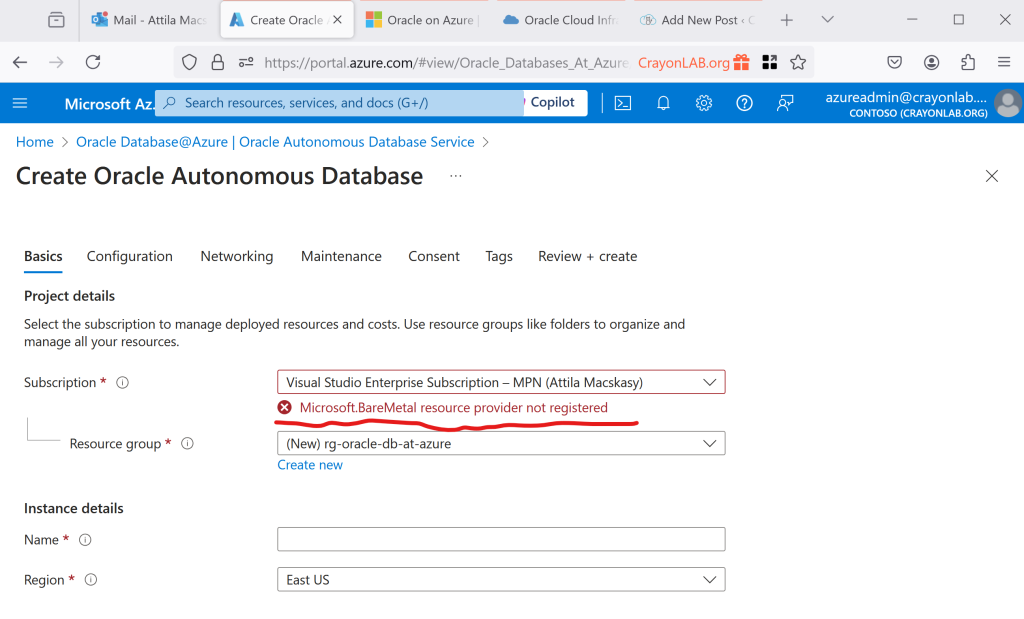
Another bump in my road, but that’s okay—it was expected. When I tested Azure VMware Solutions, which also requires allocated Bare Metal hardware, I encountered a similar error and had to request a quota extension and service enablement. I’ll follow the same process here next week.
Oracle Exadata Database Service
Exadata Database Service offers dedicated Oracle-managed infrastructure for demanding workloads, featuring a scalable, database-optimized design. It provides full control over database management and supports OLTP, analytics, and consolidation. Run Oracle Database natively in Azure with top-tier performance, availability, security, and cost-effectiveness.

I’m facing the same issue here—I need to enable the service first. I’ll also need to check the OCI portal and review the necessary configurations to understand how to view, manage, and connect this service from the other cloud.
Oracle Interconnect for Google Cloud
As a certified Google Cloud Architect, I won’t miss the chance to test the GCP integration. However, I can only focus on one thing at a time, so stay tuned—it’s coming soon!

I see amazing use-cases for this:
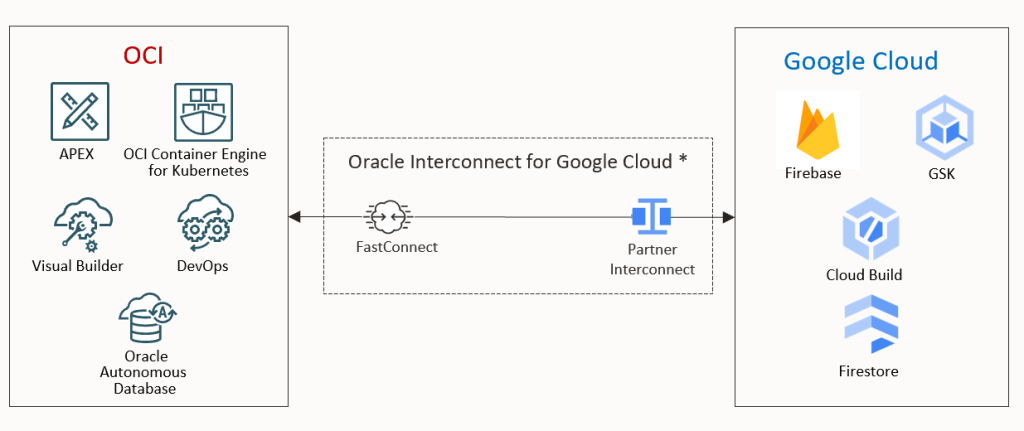
Oracle databases on Azure hosted VMs
You can still deploy Oracle databases on Azure hosted VMs such as described here Oracle on Azure | Microsoft Learn read “Oracle on Azure virtual machines” section for more details.
More hands on next week
I was in flow mode this weekend, diving into a topic I’m very excited about: Oracle Database@Azure. While I’m eager to begin detailed hands-on labs next week, with school starting tomorrow—a once-in-a-lifetime moment—my family deserves my focus for now.

